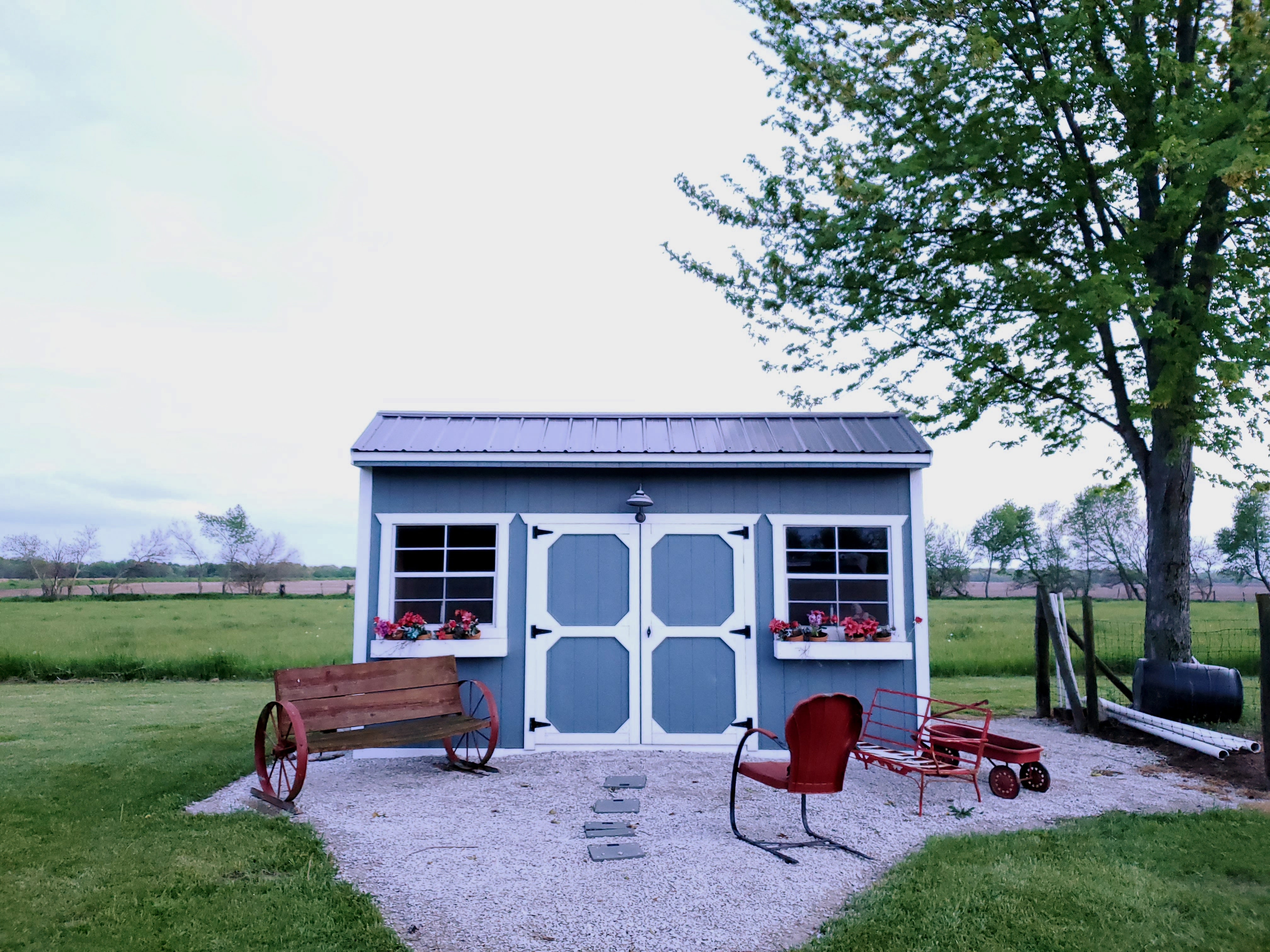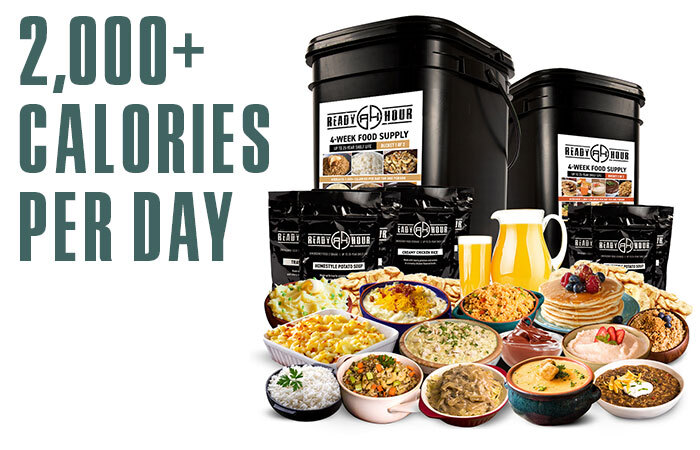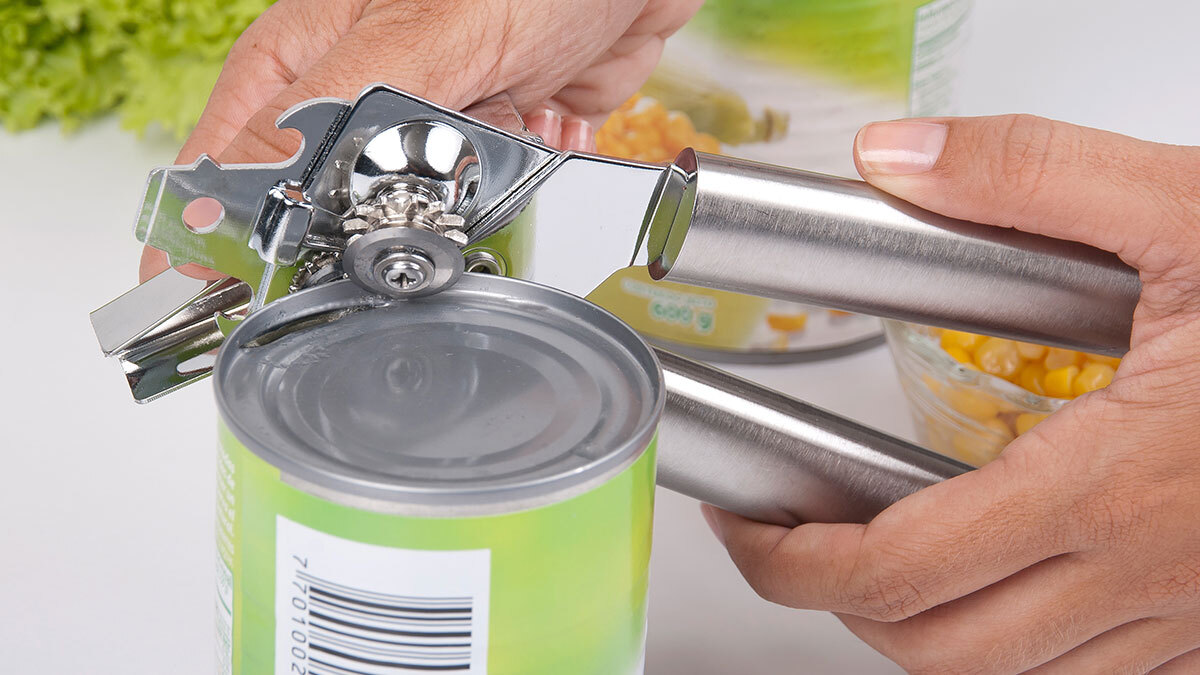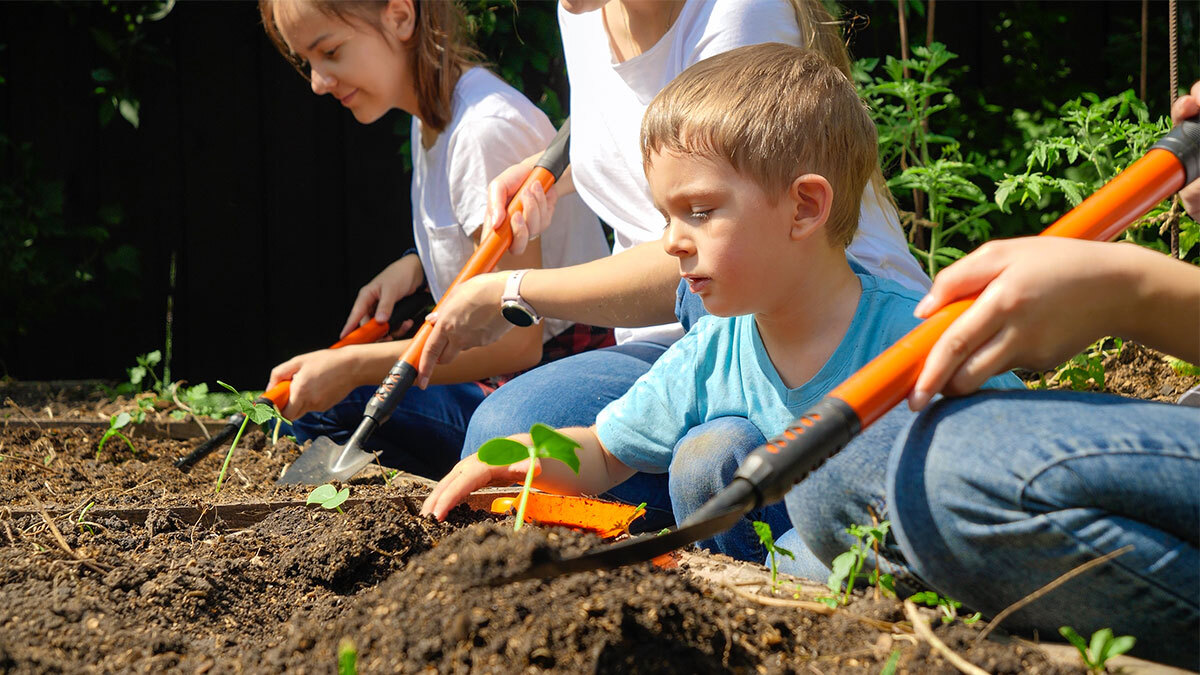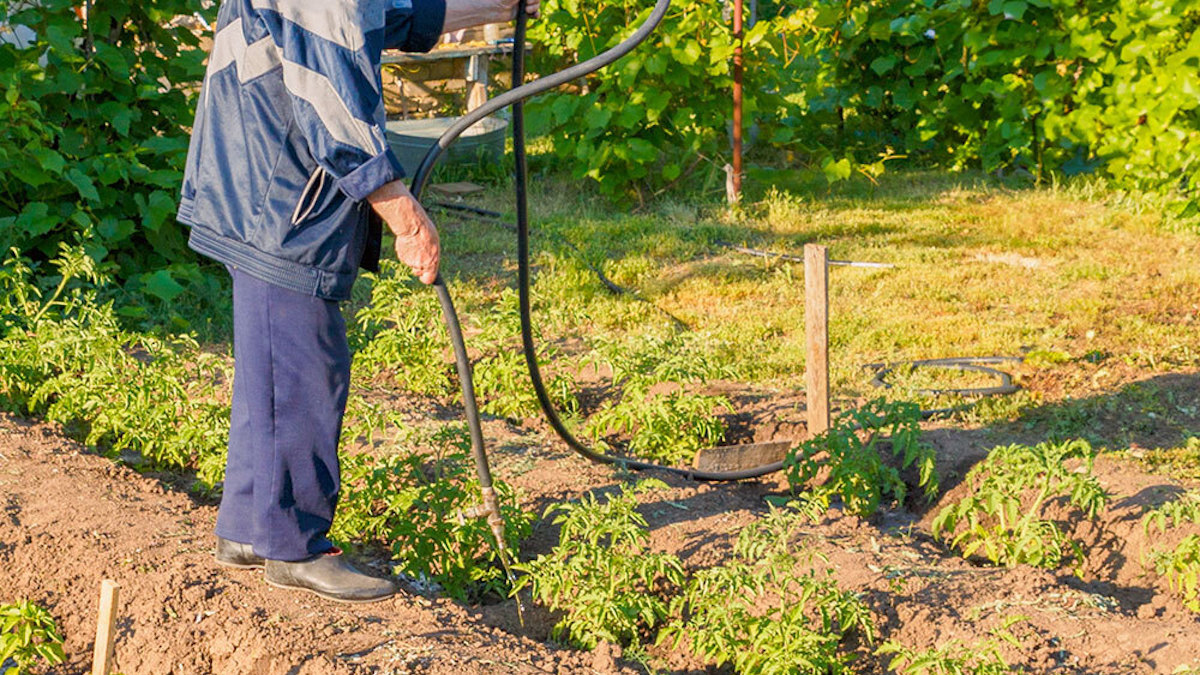on
Prepping isn’t a one-size-fits-all solution. The stockpile of a 300-pound linebacker is going to be vastly different than the one for a 90-pound grandmother. Apartment prepping is no different.
Folks with large homes and properties have tons of space to work with when it comes to bug-out and emergency preparation. Those of us living in smaller spaces need a slightly scrappier mindset with it comes to our preps.
To help you get there, here are the three fundamentals of apartment prepping.
1. Do Your Apartment Prepping Homework
More than other preppers, you’re going to have to spill a little sweat searching out items and solutions that work in your space. Here are some of the places you can go for information:
DEEP DIVE INTO THE TINY HOUSE PHENOMENON
For those of us trying to live workably in small spaces, there’s good news: the tiny house trend is huge! It’s produced untold hours of television, blogs, social media content, and more, featuring people who’s job it is to come up with creative small-space-living solutions. Many of these solutions can also apply to the problems you’ll be facing as an apartment prepper.
Here are some great resources to consider:
- Tiny House Nation (Netflix). Two renovation pros get creative designing and building small spaces.
- Tinyhouseblog.com. Includes creative solutions like outdoor showers and using a bicycle to wash clothing.
- Tiny house Pinterest pages. An endless goldmine of small-space-living solutions
RESEARCH AND PRACTICE PRIMAL SURVIVAL SKILLS
The average human brain measures about 6 inches long and fits neatly inside you head—it’s the most compact, useful survival tool you’ve got! Spend time developing your primal survival skillset including things like foraging and first aid. We recommend reading:
- The Prepper’s Medical Handbook by William W. Forgey, MD
- Back to Basics: A Complete Guide to Traditional Skills, edited by Abigail R. Gehring
- Backyard Foraging by Elen Zachos
Internalizing the information in these three books will as good as guarantee your safety in an SHTF situation.
2. Prioritize Quality Over Quantity
Like we’ve said, with little room to spare you’re not going to be able to put together the world’s biggest stockpile—but you don’t need to, especially if the items you do collect are top quality.
HERE’S WHAT QUALITY SUPPLIES LOOK LIKE
For example, when it comes to emergency food, not all products are created equal. Plenty of emergency supply companies sell similarly sized pails (and totes) of food. Despite their similarity in size, though, the disparity in nutritional value can be a mile wide. And that costs you space.
Also, a surprising number of the emergency food supply buckets you see advertised only provide about 1,200 calories a day. For as much space as the container takes up, that’s pretty meager, and what’s worse, you’ll have to go out and buy more food to supplement. That means more space.
However, if you pony up for a higher-quality food bucket, you’ll get 2,000 or more calories per day in a container of roughly the same size. That gives you enough food for all your meals, no extras needed.
3. Pick Up Supplies That Do Double Duty

This is a big one. When you’re shopping for gear, there are certain non-negotiables you have to collect: light sources, power sources, navigation and info aggregation tools…the list goes on. If you’re not careful, you’ll end up eating all your apartment prepping storage space away before you’re halfway done.
Not to worry! You can cover most of your emergency needs (apart from food and water) with just a few pieces of gear.
The trick?
Commit to buying tools that do two (or three, or four…) jobs at once. For example:
GENERATORS AND POWER BANKS THAT DOUBLE AS LIGHTS
We’ll preface this by stating that you should never run a fuel generator indoors (solar generators are a different story). However, there are lots of generators that also have very powerful lights. They’re too bulky to replace a flashlight but work really well as whole-room lights.
With one generator and two to three power banks, you’ve got enough light to illuminate a small home.
RADIO THAT DOUBLES AS A FLASHLIGHT
While a generator light may not be super portable, a radio light sure can be. If your emergency radio isn’t multi-purpose, you probably need a new one.
A QUALITY MULTI-TOOL
Any handyman will tell you a good multi-tool will get you out of most scrapes—and emergency scenarios are nothing but one scrape after another. Outside Magazine recommends, “a multitool that is simple, useful, and robust—and one you can easily carry with you” but that “anything designed to fit in your wallet is trash.”
Look for a tool with sturdy pliers, separate serrated and straight knife blades, scissors that will cut through more than a single sheet of paper, and a nice array of secondary tools. But don’t overdo it. The more tools in a set, the worse each one is—typically. It can’t do everything well.
PARACORD SURVIVAL BRACELETS
Paracord bracelets are another survival tool with the potential to “do it all,” though we stick by the same recommendation we had with the multi-tool. Be careful of bracelets that try to do too much.
A good paracord multi-tool could include a compass (most do), flint and steel, and more. Make you selection based on your needs.
Image Credits:
“Paracord Bracelets” by GA-Kayaker is licensed with CC BY 2.0. To view a copy of this license, visit https://creativecommons.org/licenses/by/2.0/
Get access to premium content and more!
Earthquake Myths We All Need to Let Go Of




